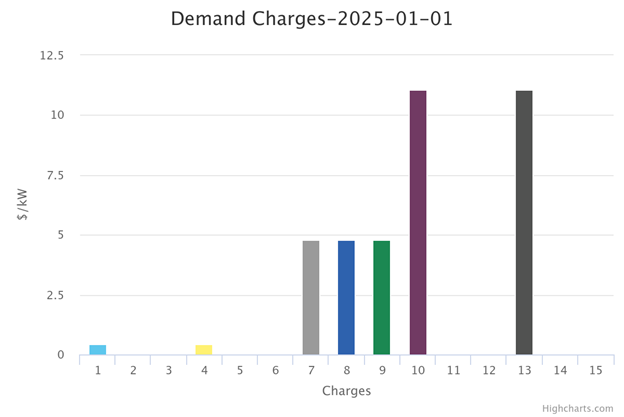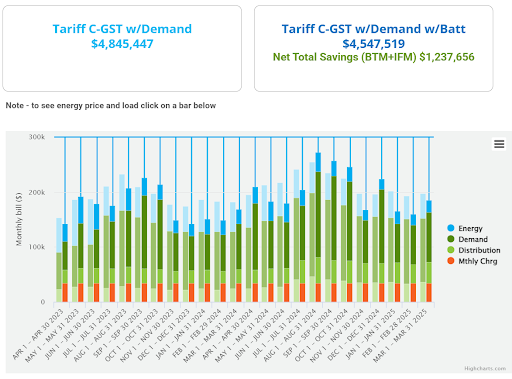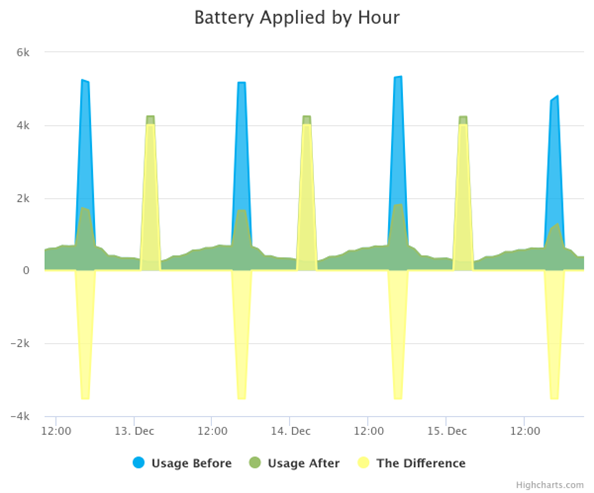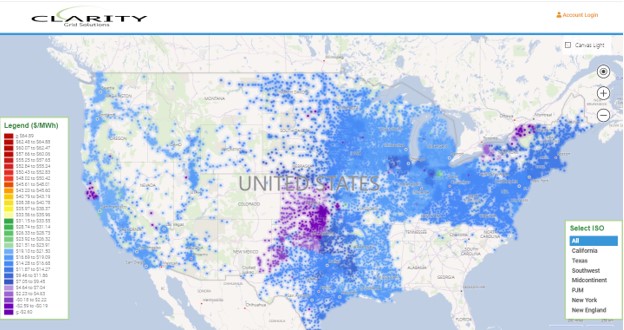In the past few years, microgrids and behind-the-meter storage and generation have surged in popularity for both commercial and residential customers. Residential behind-the-meter storage saw a 57% increase between 2023 and 2024, with commercial behind-the-meter storage increasing by 22% during the same time period, according to a study by Wood Mackenzie and the American Clean Power Association, with more growth expected in 2025.
One well-publicized factor driving the popularity of microgrids and behind-the-meter energy solutions is the desire for resilience during extreme weather events that directly or indirectly disrupt the US power grid, either by damaging grid infrastructure or by driving enormous spikes in electricity demand. This is particularly true for large loads, such as data centers.
For most customers, however, the most immediate and important benefit of behind-the-meter storage is cost savings from load shifting. This is particularly true in utility territories with energy tariffs that are sensitive to timing of energy usage or to the scale of peak load.
Understanding Tariffs and Load Shifting
Due to the variability of energy tariffs between utilities, and the complex nature of many tariff schedules, this element of the energy market is often given less attention than energy market pricing when business or residential customers seek to reduce their energy costs. One of the least understood components are demand charges, even though these can account for up to 50% of a customer’s energy spend in some utility territories. Many demand charge structures are sensitive to the timing of electricity consumption, as well as the customer’s peak load and the ratio of the customer’s average load to peak load.
Quantifying the Benefits of Load Shifting
Clarity Grid solutions maintains a database of tariffs covering utilities in all seven US ISOs, plus SERC and WECC. By combining this with our comprehensive price history data, Clarity Grid can run synthetic energy bills with audit-quality precision to clearly calculate the potential savings that can be achieved by load-shifting using behind-the-meter battery, solar, or solar and storage systems for residential or commercial customers.
For example, one of United Illuminating Company’s commercial rates, C-GST with Demand, includes a number of Time of Use charges for both demand and energy. As a result, the timing of the customer’s energy usage will have a significant impact on their total energy bills, making it an excellent candidate for load shifting with a behind-the-meter battery.

Using an example load profile paired with a 4MW battery, 2hr duration, our tools optimize for battery charge and discharge times around the demand charges to maximize savings. Just by deploying a simple load shifting strategy, we see a resulting behind-the-meter savings of $297,929 in the period between the beginning of April 2023 and the end of March 2025 (24-Month Period), for an average monthly savings of $12,414, after accounting for the cost of the battery.

58% of the savings was created by avoiding Time of Use energy charges, with the remainder created by avoiding Time of Use demand charges. All of this was achieved by using the battery to charge when total energy prices – including Time of Use charges– were lowest.

To learn more about Clarity Grid’s tariff library and bill simulation tool, you can reach out to us directly at dmcgrath@claritygrid.net or DM us on LinkedIN and please follow our page for more blogs reports that can give you key insights and analytics into the economics of the energy grid both behind and in front of the meter.

